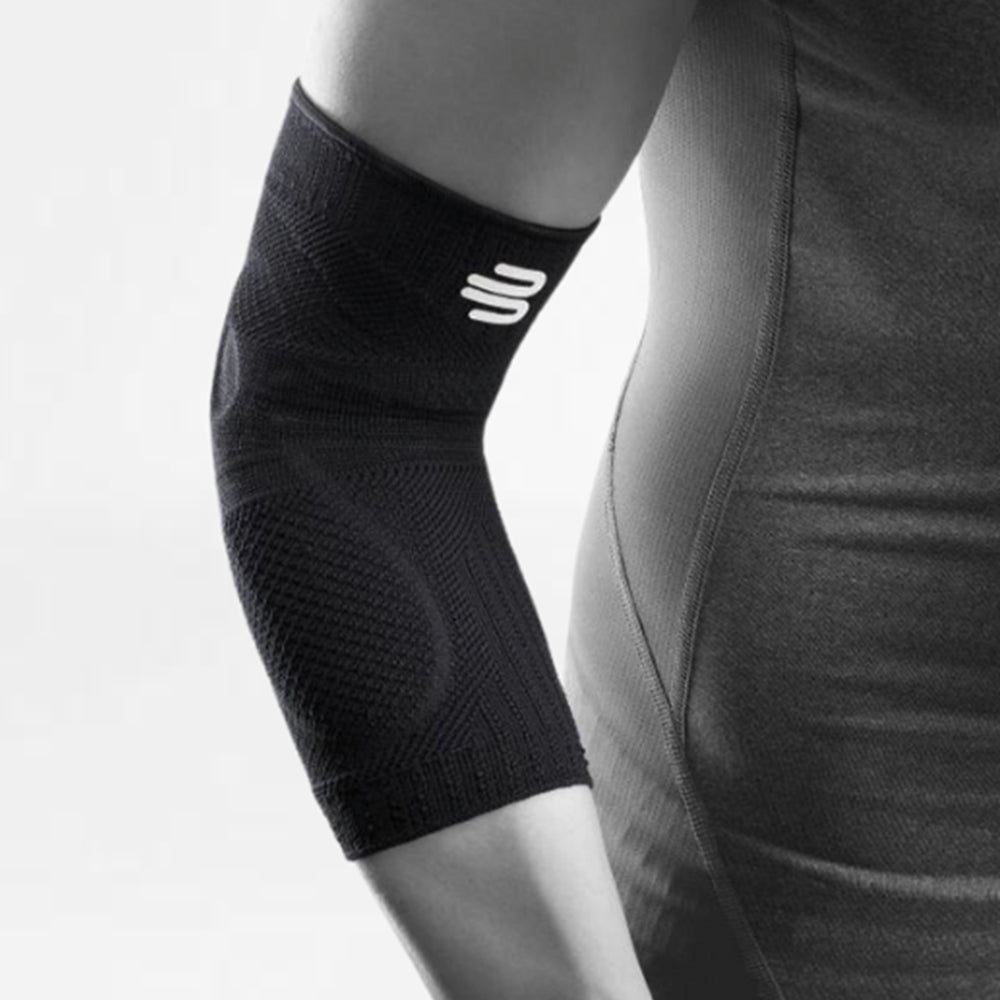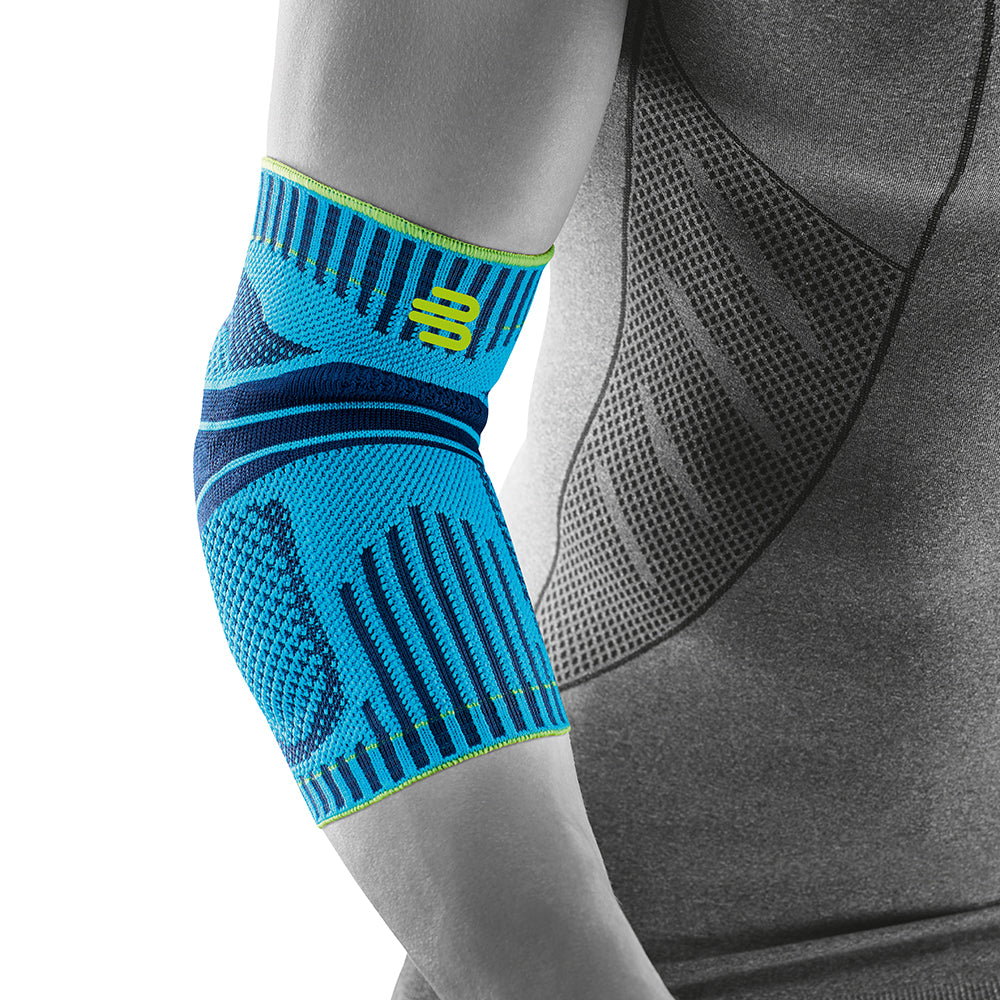The perfect 4-minute exercise at home - three great workouts for the whole body!
Three syllables, four minutes and maximum training efficiency: that’s Tabata. This fitness trend from Japan is a HIIT (High Intensity Interval Training) program that, thanks to its structure and brevity, is perfect for so many of us who have to work from home at the moment.
The basic principle applicable to all the body regions you wish to train: 20 seconds of highly intense exercise alternate eight times with 10 seconds of rest. The rest intervals are shorter than the active phases, meaning the exercises will become increasingly tougher for your – but this will result in maximum benefit in the end.
Another advantage of the Tabata training principle is its variety: you can use many exercises and combine them as you choose, depending on which muscle groups you want to work on. So get creative! Nevertheless, we’ve provided you with three workouts to begin with.
#1 Legs
The leg workout will help you train your buttock and thigh muscles in particular. As with all Tabata workouts, you will also burn a lot of fat and calories – for 12 to 24 hours afterwards, thanks to the “afterburn effect”.

Lunges
Lunges are one of the best exercises for your buttock muscles. They also work on your balance, which you will notice during the first attempts in particular...
How to do lunges:
1. Take a step forward with one leg. The leg to be trained is in front of your upper body, the other leg behind.
2. Bend your legs until the front thigh is parallel with the ground. Your back remains upright. Only your legs are moving. Breathe in when you’re lowering, and out when you’re returning to the starting position.
Tip: if this basic version is too easy for you, you can hold the position for a few seconds at the lowest point before returning, or add a dumbbell or barbell for a little extra weight.
Jumping Jacks
Jumping jacks are classic exercises we all remember from our childhood. They are true fat burning heroes and can easily be integrated into your Tabata workout as a whole-body exercise.
How to do jumping jacks:
1. Stand up straight with your feet next to each other and your arms by the side of your body.
2. Jump in the air, open your legs so they are a little more than shoulder-width apart, raise your arms laterally and clap your hands above your head.
3. Return to the starting position.
#2 Core
Strengthen your core! Our core workout trains the central areas of the rectus abdominis muscle in particular. This helps with your six-pack, improves your posture and creates a good foundation for all complex movements (see “Whole-body workout”).
Crunches
Crunches are classic abdominal exercises. Depending on how you do crunches, you can strengthen all the abdominal muscles: the rectus and the transverse abdominis muscles and the internal and external oblique muscles as well as the posterior abdominal muscles.
We will introduce the “bicycle crunches” here. The origin of their unusual name becomes obvious once you do this exercise...
How to do bicycle crunches:
1. Lie on your back with bent legs and feet on the ground, slightly further apart than hip-width.
2. Brace your abdominal muscles and pull your belly button toward your spine.
3. Bend your elbows and place your hands on the back of your neck, with finger tips touching.
4. Lift your head, arms and upper back a little off the ground.
5. Slightly turn your head and shoulders to the left, while at the same time, pulling your left knee to your right elbow so they both touch in the center of your body.
6. Return your upper body, arms and legs to the starting position and repeat the movement with the other half of your body, without resting on the ground in between.
Please remember: make sure to maintain consistent body tension and keep your back straight. The lower back stays on the ground the whole time.

Scissors
And another exercise where the name gives a good indication of the type of movement: scissors. They are very efficient in working on your lower abdominals in particular.
How to do scissors:
1. Lie flat on your back, ideally on a mat.
2. Lift your legs to an angle of about 30°. Your feet are extended and your knees slightly bent.
3. Do a “scissor movement” with your legs: alternately move your legs up and down. The bigger the movement, the more intense the exercise.
To shake things up a little: instead of moving your legs past each other each time, you can also cross them slightly so one leg is alternately above the other.
#3 Whole-body workout
With these all-round fitness weapons, you can really get your circulation going: our complex whole-body exercises. Those who don’t start sweating after four minutes of Tabata training, definitely didn’t work out with the proper intensity!

Mountain Climbers
Are you up for the climb? Even if you’re doing this exercise down in the valley: with mountain climbers, you will certainly reach the peak of your training intensity. This exercise is a part of virtually any Tabata training because it’s relatively easy and particularly quick.
How to do mountain climbers:
1. Start in the press-up position: support your body on your toes and extended arms, slightly further apart than shoulder-width. Your ankles, hips, shoulders and your head form a straight line.
2. Pull your left knee forward, quickly but in a controlled manner, as close to the left elbow as possible, without raising your hips.
3. Jump back to the starting position and repeat the movement with the right leg.
Please remember: only your legs are moving, your arms remain extended the whole time. Ensure you’re keeping the tension in your abdominal muscles for the entire exercise so you can maintain the line with your legs and upper body, as described above.
Burpees
Burpees may just be the biggest physical challenge that’s part of a Tabata workout. But the reward is high caloric expenditure and the stimulation of basically all large muscles.
How to do burpees:
1. Start this complex exercise standing up, legs slightly apart.
2. Squat down and place your hands next to each other on the ground.
3. Kick your legs out back to get into the press-up position. Do a press-up and briefly rest your chest on the ground.
4. Push up with your arms and jump back into the squat position.
5. Do a squat jump with arms and body extended: jump high in the air and clap your hands above your head.
6. Repeat steps 1–5.
Please remember: body tension in your torso and buttock muscles for the entire exercise is an absolute must. Do not bend your knees too much when lowering to avoid excessive strain. In the beginning, in particular, you should carry out this exercise more slowly so you can concentrate fully on the technique.
Tabata and its background
Developed by Professor Dr. Izumi Tabata to train the Olympic Speed Skating Team more efficiently, Tabata has its origin in Japan. The brief phases of extreme intensity and short breaks really activate fat burning. Furthermore, this kind of training strengthens muscles as well as the cardiovascular system. In Dr. Tabata’s study, Tabata training resulted in a 28 per cent increase in anaerobic capacity and in a 14 per cent increase in the body’s ability to consume more oxygen.

The Tabata workout: efficient and flexible
You can adapt your Tabata training to your fitness level and start with easy exercises. Later, you can add more challenging exercises to increase the level of difficulty. Just get creative! There are no mandatory exercises or a specified order for Tabata training. But you should make sure to warm up before your workout to prevent injuries.
Sports Compression Calf Sleeves

























